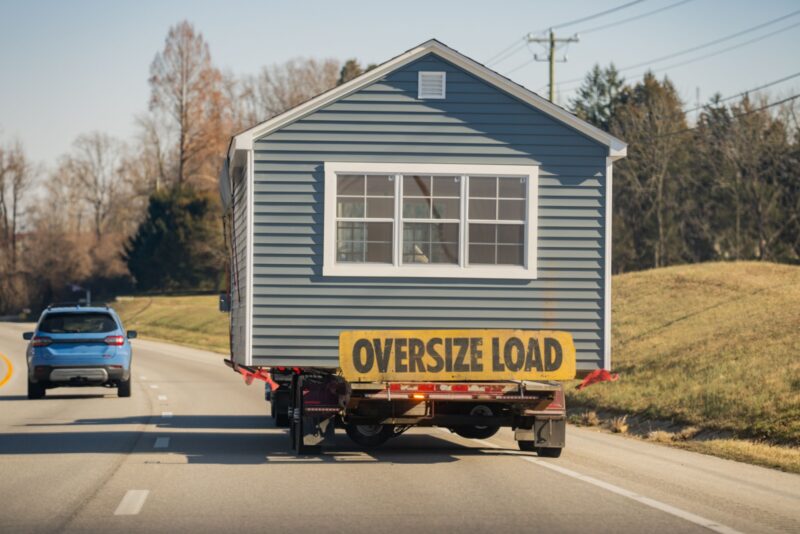How Often Should You Clean Your Oven Racks? (And Why You’re Probably Doing It Wrong)
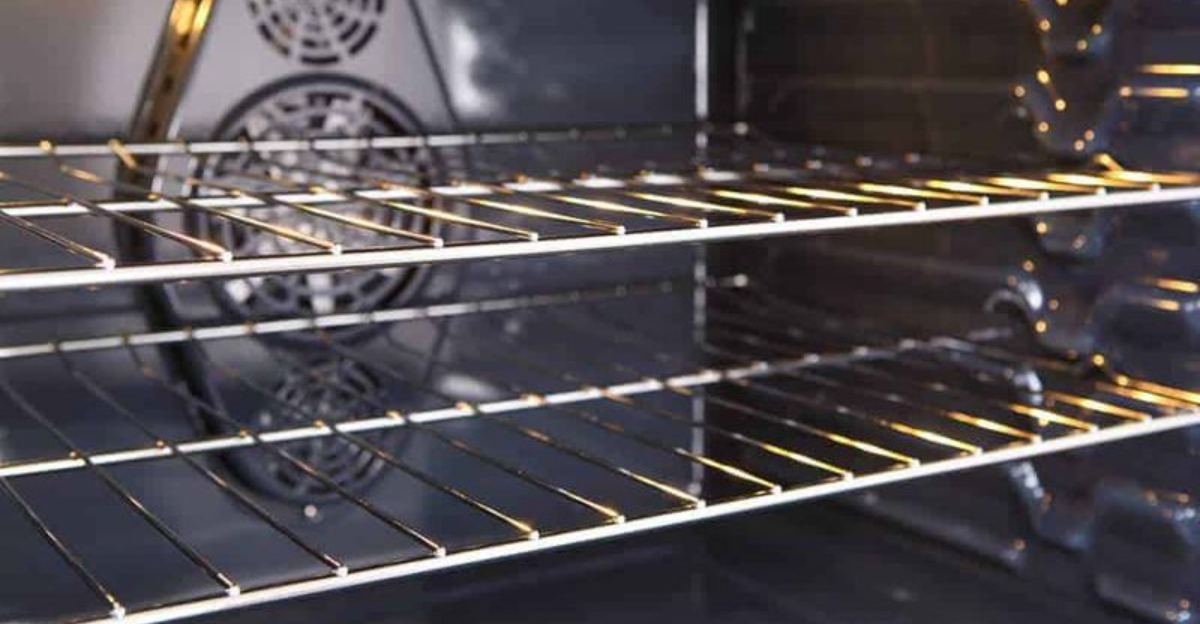
Ever opened your oven and wondered about those grimy, food-crusted racks? Most of us neglect this essential kitchen chore until our ovens start smoking or food tastes off.
Proper oven rack maintenance isn’t just about appearances – it affects your food’s flavor, your appliance’s lifespan, and even your home’s safety.
1. Why Cleaning Oven Racks Matters
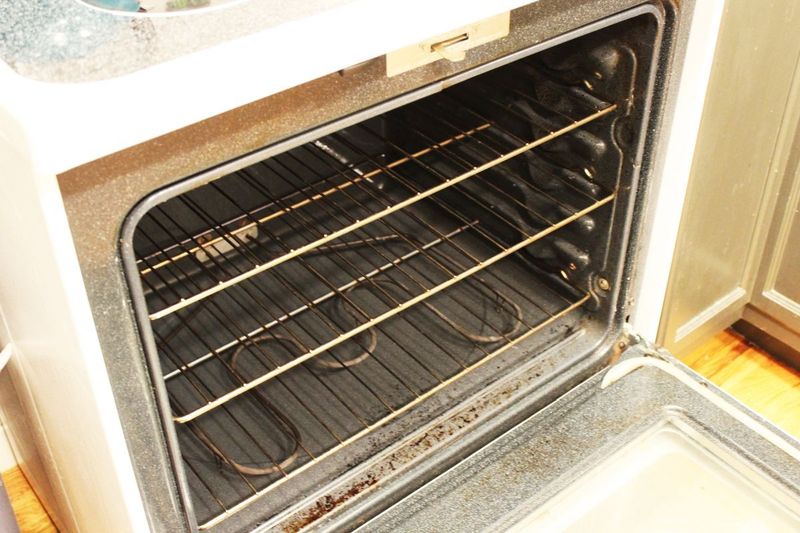
Food particles trapped on dirty racks don’t just disappear – they burn repeatedly, creating smoke and unpleasant odors that can transfer to your meals.
Those crusty bits also prevent even heat distribution, causing some foods to cook faster than others. Over time, baked-on grease can actually damage the metal coating on your racks, shortening their lifespan.
2. Signs Your Oven Racks Need Cleaning
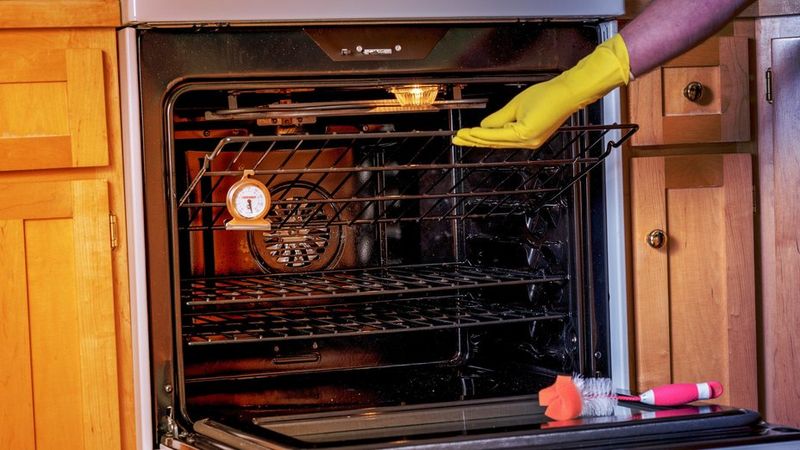
Visible grime isn’t the only warning sign! Unusual smoke during preheating often indicates built-up residue burning off your racks.
Food sticking to the racks or developing unexpected crispy edges signals it’s cleaning time. That strange metallic taste in your baked goods? Your oven racks might be the culprit, as food particles carbonize and release compounds that affect flavor.
3. Recommended Cleaning Frequency
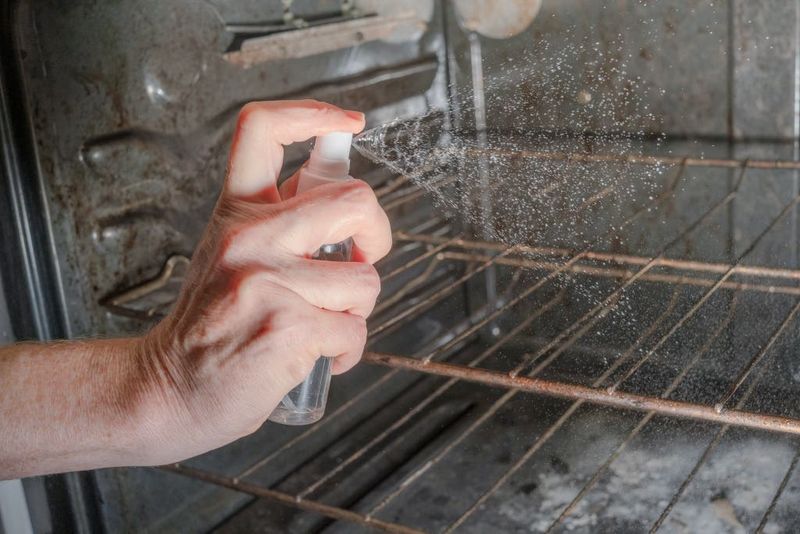
Contrary to what many believe, waiting until racks look terrible is a mistake. For typical home cooks, a thorough cleaning every three months works well.
Heavy bakers should aim for monthly maintenance. After cooking especially messy foods (think bubbling casseroles or fatty roasts), give those racks a quick wipe-down while they’re still warm – not hot! – to prevent stubborn buildup from forming.
4. Common Mistakes People Make
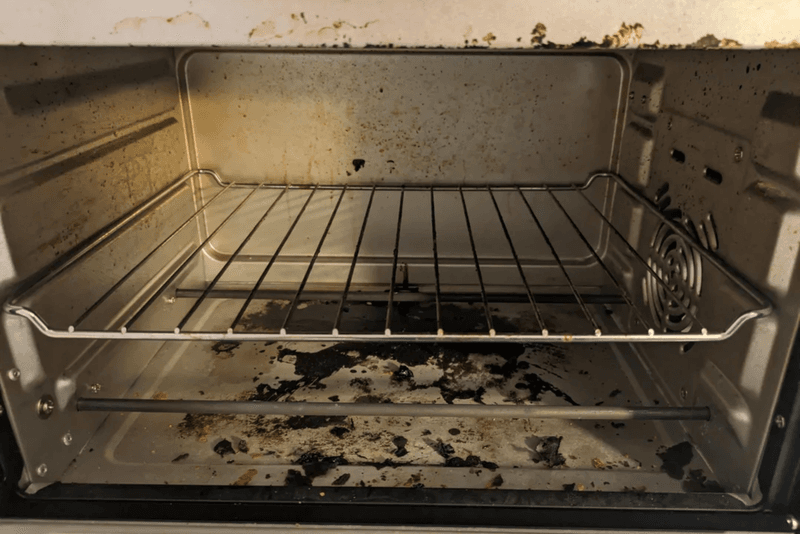
Using your oven’s self-cleaning feature with the racks still inside? Big mistake! The extreme heat can warp metal racks and damage protective coatings.
Another error is scrubbing with steel wool, which scratches the surface and creates more places for food to stick. Many people also rush the soaking process – those stubborn stains need time to loosen before you start scrubbing.
5. Best Methods For Cleaning Oven Racks
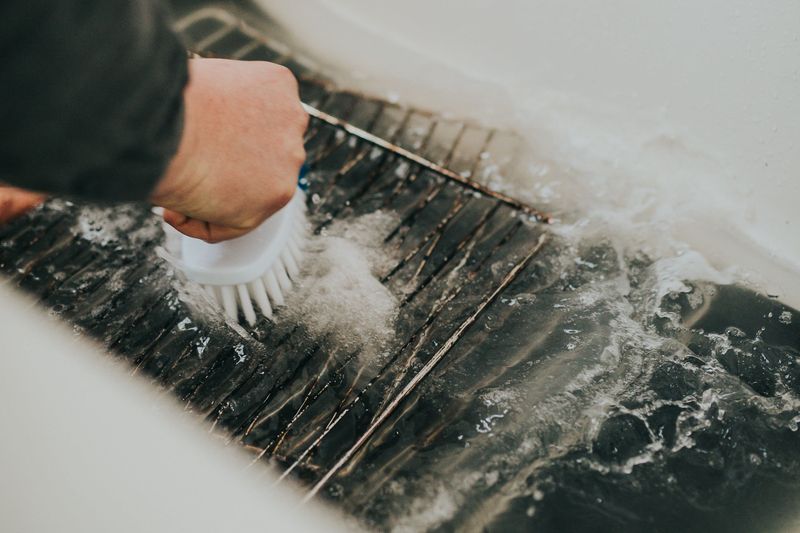
The bathtub trick works wonders! Line your tub with old towels, place racks inside, and cover with hot water and 1/2 cup dishwasher detergent.
For stubborn spots, baking soda paste applied directly to problem areas breaks down grease effectively. The right tools matter too – opt for nylon brushes or sponges rather than metal scrapers that can damage the finish.
6. Natural vs. Chemical Cleaners
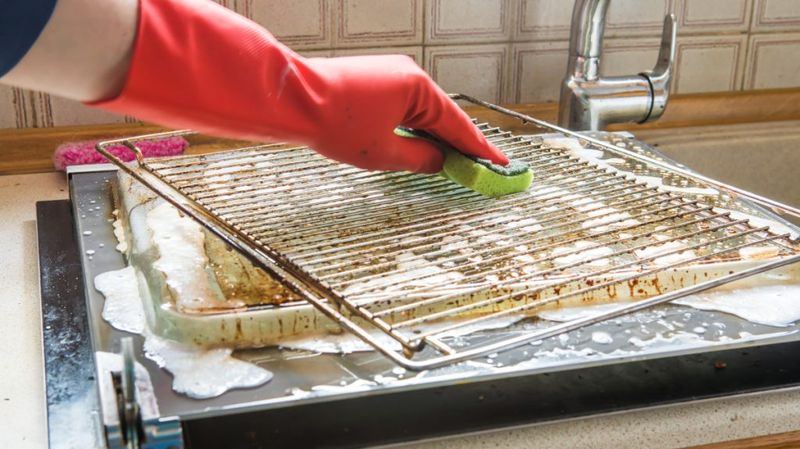
Store-bought oven cleaners pack a powerful punch but contain harsh chemicals that require ventilation and gloves. Many leave behind residues that need thorough rinsing.
Natural alternatives like vinegar and baking soda might take longer but work surprisingly well. For a middle-ground approach, try ammonia – place racks in garbage bags with 1/4 cup ammonia overnight, and the fumes do the work without scrubbing.
7. Preventing Buildup On Oven Racks
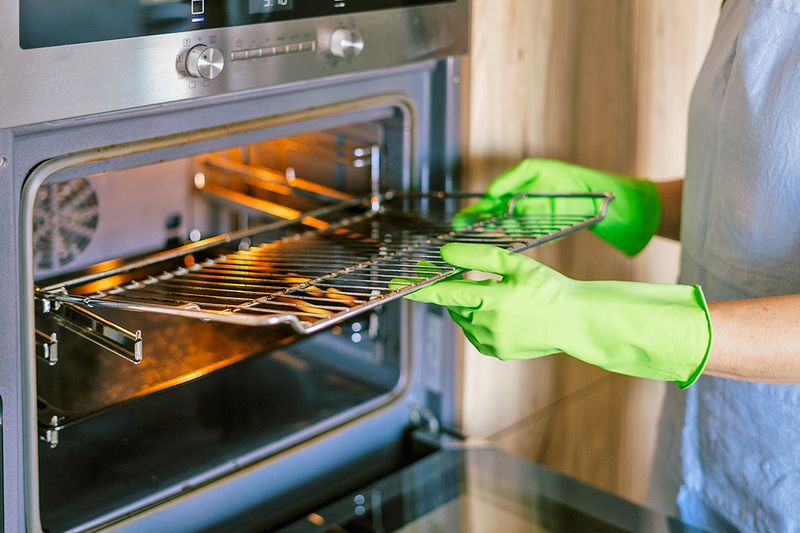
Smart prevention saves future scrubbing! Lining the bottom rack with foil when cooking messy dishes catches drips before they bake on.
Regularly rotating your racks prevents buildup in favorite positions. Applying a thin layer of cooking oil after cleaning creates a temporary non-stick surface. For serious bakers, consider purchasing silicone oven liners that catch spills and clean up easily.
8. When To Replace Oven Racks Instead Of Cleaning
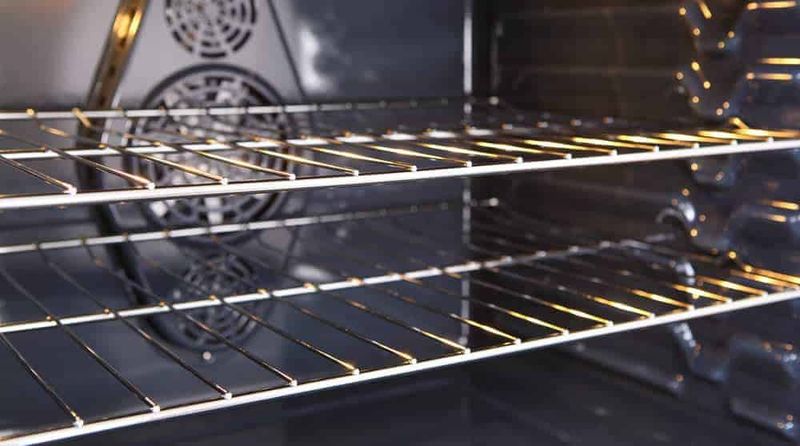
Even the most diligent cleaner eventually faces retirement-ready racks. Significant warping affects how evenly your food cooks and might indicate it’s time for new ones.
Rusted spots that won’t come clean can flake into food. Racks with damaged chrome coating expose bare metal that’s more prone to rusting. Fortunately, replacement racks are relatively inexpensive compared to a new oven.



